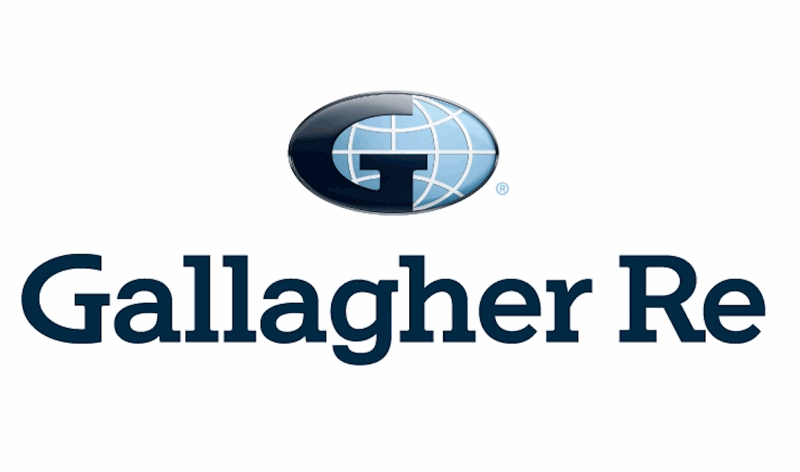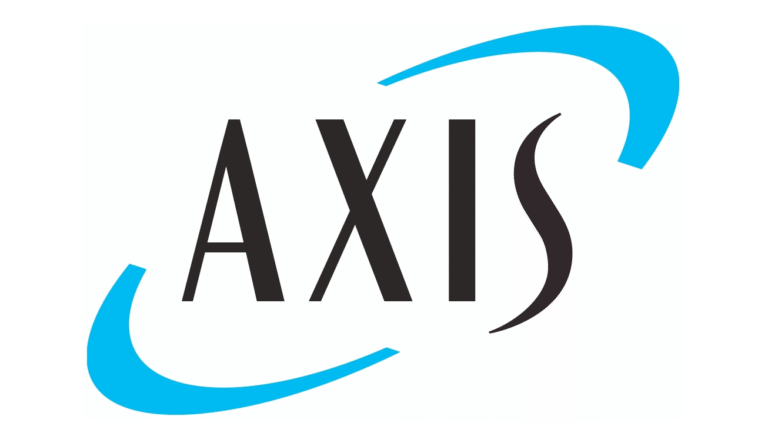
Post years of hardening, capacity is returning to the Asia Pacific (APAC) reinsurance market, says reinsurance broker Gallagher Re in a new Asia Pacific Market Watch report, which dubs this a ‘turning point’ for the region.

The report said, “With reinsurers’ capital strength and appetite rebounding, there is an opportunity to collaborate on product innovation, territorial expansion, and manage protection gaps. However, reinsurers remain selective: rewarding quality data, disciplined underwriting, and strategic alignment. The message is clear: quality is the currency of trust.”
The broker believes that it is no longer feasible for APAC governments and policymakers to count upon booming global trade and rapid development to ‘lift all boats’.
As the business and risk environment for insurers becomes more complex, competitive, and demanding, quality will be the defining differentiator. “Re/insurers with resilient portfolios, disciplined execution, and strong risk management will be best positioned to adapt, outperform, and thrive,” explained Gallagher Re.
In the past year, APAC non-life insurance markets have shown resilience and diversity through a new set of macro-economic challenges, while grappling with ongoing demographic and societal shifts. Region-wide, non‑life premiums have continued to expand, but performance varied by market.
Some regional insurers benefited from infrastructure spending and digitalisation, while other jurisdictions were constrained by tariff regimes (e.g. Indonesia and the Philippines), rising loss ratios, and intensifying price competition.
Factors like the continuous development of risk-based capital (RBC) regimes, steady adoption of international accounting standards (IFRS 17), ongoing market liberalisation in many quarters, and the removal of barriers to foreign ownership are reshaping insurers’ balance sheets and capital management strategies, including reinsurance buying while offering growth opportunities.
According to Gallagher Re, there are certain factors that could help in determining the near-term trajectory of the industry. First of which is navigating a complex macroeconomic environment.
There was a down GDP across most APAC in 2024, which was mirrored in the insurance sector, with non-life premium growth easing to 6% on average in the year, compared to 6.4% in 2023. While 2025 brought intensified uncertainty amid disruptions to global trade from shifting tariff regimes. With inflation easing, many central banks have begun cutting interest rates, potentially impacting insurers’ investment returns.
However, the broker believes that APAC economies remain relatively resilient, offering stronger growth than many other regions and continuing to support insurance demand.
The region which is dealing with natural catastrophes shows renewed interest in parametric insurance, catastrophe bonds, and risk-based underwriting to mitigate risk and support growth.
The broker’s report said, “Climate variability, coupled with urban expansion into high-risk zones, is intensifying exposure at risk. Regulators in the region are playing a wider role by creating policies, frameworks, disclosures, and guidelines to drive climate action and resilience.”
APAC’s regulatory reform continues to pace, as most markets have either implemented IFRS 17 or are gearing up to do so. The introduction of enhanced risk-based capital regimes is driving greater solvency discipline, according to the report.
Gallagher Re stated, “These changes are reshaping how insurers measure performance and allocate capital. At the same time, rising foreign investment is unlocking new growth opportunities and partnerships. Insurers must be proactive in adapting to these shifts, ensuring talent, governance, and systems are future-ready.”
Growth opportunities are also driven by the APAC insurers’ digital transformations, as they take advantage of online distribution models, embedded insurance sales and AI-powered underwriting.
These opportunities are emerging in health insurance (India, Hong Kong, Vietnam), electric vehicles and renewables (China, Singapore, Taiwan), and cyber insurance (Australia, Singapore and South Korea), according to the broker.





